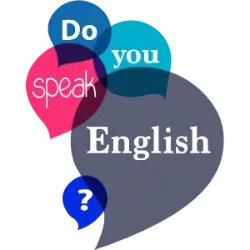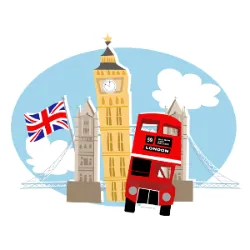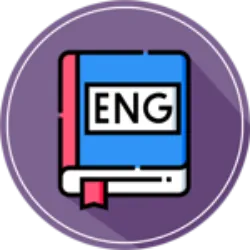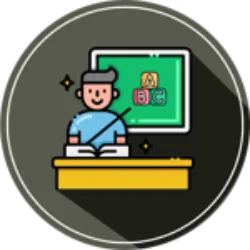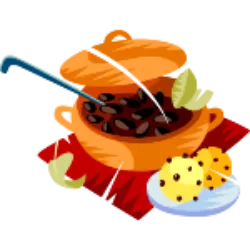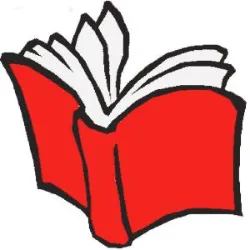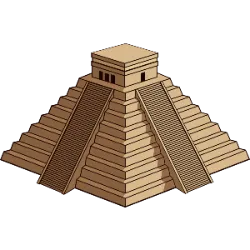Presentaciones personales
![Las presentaciones personales son esenciales para iniciar interacciones formales e informales. La estructura básica incluye saludo, nombre, origen, edad, profesión e intereses.
1. Saludo y nombre:
Utilice Hi (informal) o Hello (neutral).
Ejemplo:
Hello! My name is Anna.
2. Origen:
Para indicar el lugar de origen, usamos I am from... o I come from...
Ejemplo:
I am from Brazil.
3. Edad y profesión:
La estructura común es I am [idade] years old y I am a/an [profissão].
Ejemplo:
I am 25 years old, and I am a teacher.
4. Pasatiempos e intereses:
Usamos I like o I enjoy.
Ejemplo:
I enjoy reading books and traveling.
Ejemplo completo:
Hi! My name is John. I am from Canada. I am 30 years old, and I work as an engineer. In my free time, I enjoy playing soccer and watching movies. Nice to meet you!](https://content.betspot.zone/image/resource/6d6feb52-68e5-4b5f-9862-0b55708b3e6d)
Las presentaciones personales son esenciales para iniciar interacciones formales e informales. La estructura básica incluye saludo, nombre, origen, edad, profesión e intereses.
1. Saludo y nombre:
Utilice
Ejemplo:
2. Origen:
Para indicar el lugar de origen, usamos
Ejemplo:
3. Edad y profesión:
La estructura común es
Ejemplo:
4. Pasatiempos e intereses:
Usamos
Ejemplo:
Ejemplo completo:
Rutina diaria en inglés
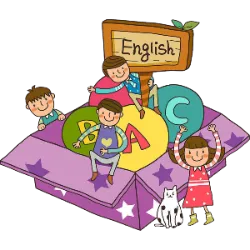
Describir una rutina diaria en inglés implica el uso del presente simple con sujetos singulares o plurales. La estructura básica sigue el formato:
Sujeto + verbo en presente + complemento.
1. Verbos comunes en la rutina:
2. Ejemplo de una rutina completa:
Pon a prueba tu conocimiento en estos desafíos 👇
Descubre algunos datos interesantes sobre Inglés básico
Hablando de familia y amigos
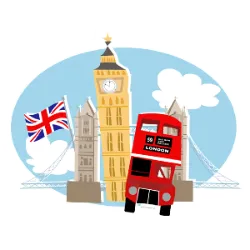
Usamos pronombres posesivos (
1. Vocabulario común
2. Ejemplos de presentaciones
3. Ejemplo completo:
Lugares y direcciones
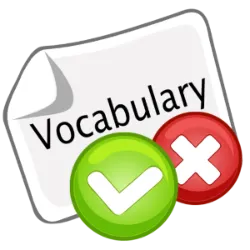
Para describir lugares y dar direcciones, usamos preposiciones de lugar (
1. Vocabulario:
3. Cómo dar indicaciones
4. Ejemplo completo:
Compras y dinero
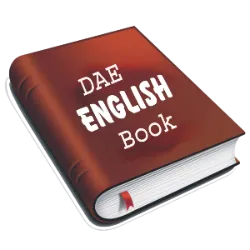
El vocabulario relacionado con las compras y el dinero es esencial para la comunicación en mercados, tiendas y restaurantes. Las estructuras principales incluyen precios de venta, métodos de pago y expresiones de compra comunes.
1. Preguntando el precio
2. Respondiendo sobre precios
3. Métodos de pago
4. Ejemplo de diálogo en una tienda
-
-
(Cuesta $25.)
- <
-
Clima y estaciones
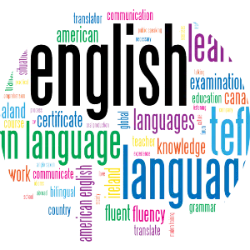
Hablar sobre el clima y las estaciones es esencial para las interacciones cotidianas. En inglés, usamos expresiones fijas como
1. Vocabulario común
2. Preguntas y respuestas sobre el clima
-
-
3. Las estaciones del año
4. Ejemplo completo:
Preferencias y aficiones
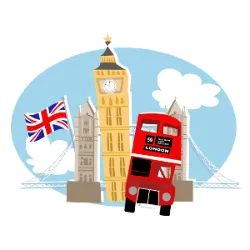
Cuando hablamos de lo que nos gusta o no nos gusta hacer, utilizamos las expresiones
Ejemplos:
-
-
-
-
-
Forma interrogativa
Para preguntar sobre preferencias, usamos Do you like…
-
-
Si la respuesta es sí, decimos
Pon a prueba tu conocimiento en estos desafíos 👇
HOME
